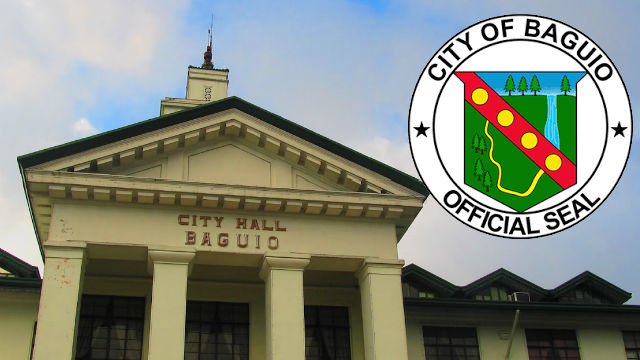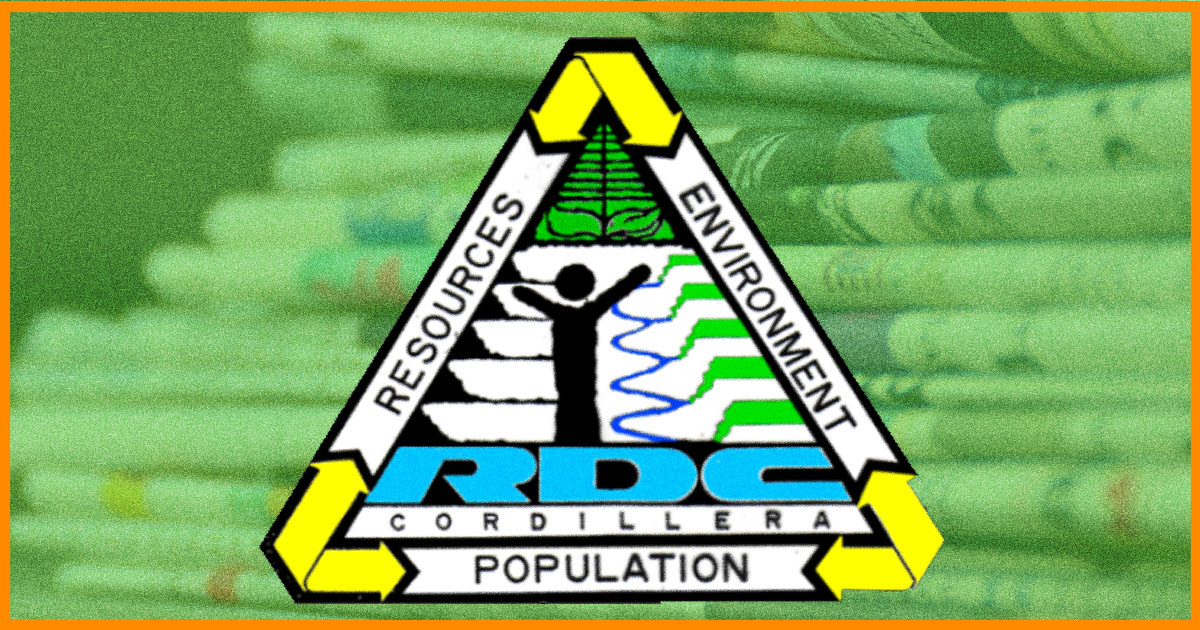BAGUIO CITY – The City Council decided to invite all the parties concerned relative to the proposal to conduct treasure-hunting activities within the premises of the city-owned Baguio Convention Center (BCC) for them to shed light on the sensitive issue that will significantly affect the state of the environment in the area.
The council is inviting representatives from the National Museum, the treasure hunters led by Eliseo A. Cabusao, City and Environment and Parks Management Officer Cordelia Lacsamana, City Legal Officer Melchor Carlos Rabanes, Engr. Faye Apil, regional director of the Cordillera office of the Mines and Geosciences Bureau (MGB-CAR) and University of the Philippines Baguio Chancellor Raymundo D. Rovillos to issue policy statements on the matter.
Earlier, Cabusao wrote the local legislative body requesting that their treasure-hunting activities within the vicinity of the Baguio Convention Center and UPCB be exempted from Article 9 Section 52 of Ordinance No. 18, series of 2016 or the city’s Environment code that totally prohibits the conduct of treasure hunting activities within the city.
According to him, a 90-year old Baguio-born half Japanese man, who has been an American citizen since the mid-1970s, allegedly pointed to him, in the presence of their respective families at his house in the city, the location of truckloads of gold bars he and Japanese soldiers in their teens deposited inside a tunnel somewhere in the vicinity of the Baguio Convention Center during the closing days of world War II.
“We explored and detected around the Baguio Convention Center using four different detecting tools or units of equipment and all converged on a small grassy area five meters away from the sidewalk towards the side of the UP ladies dormitory. We repeated this three more times and the results were all identical,” Cabusao said.
He explained their retrieval plan as approved by the National Museum through a technical and environmental workplan requires them to confirm to laws, rules and regulations regarding, among others, environmental protection including rehabilitation and remediation, labor safety and health standards.
Cabusao disclosed their method of extraction will be sub-soil exploration using a 10- centimetre drilling equipment on a 15-centimeter steel casing; evaluate results and re-confirm the treasure spot; after re-confirmation, enlarge drilling hole to 30-centimeter if tunnel is encountered as projected; scan the area using flashlights and camera connected to a computer and if target item is encountered, enlarge further the drilling hole to 60 up to 80 centimetres to facilitate extraction of items using mechanical lifting equipment; install a liner and bring down a capsule, pump in the air, provide light, remove the capsule, lower down the container, and start the retrieval operations with the use of hydraulic truck.
Cabusao informed the local legislative body that the treasure hunters have posted a performance bond amounting to P250,000 in case of their failure to provide the same, to answer for and guarantee payment to whatever actual damages that may be caused by their exploration or retrieval activities.
By Dexter A. See













